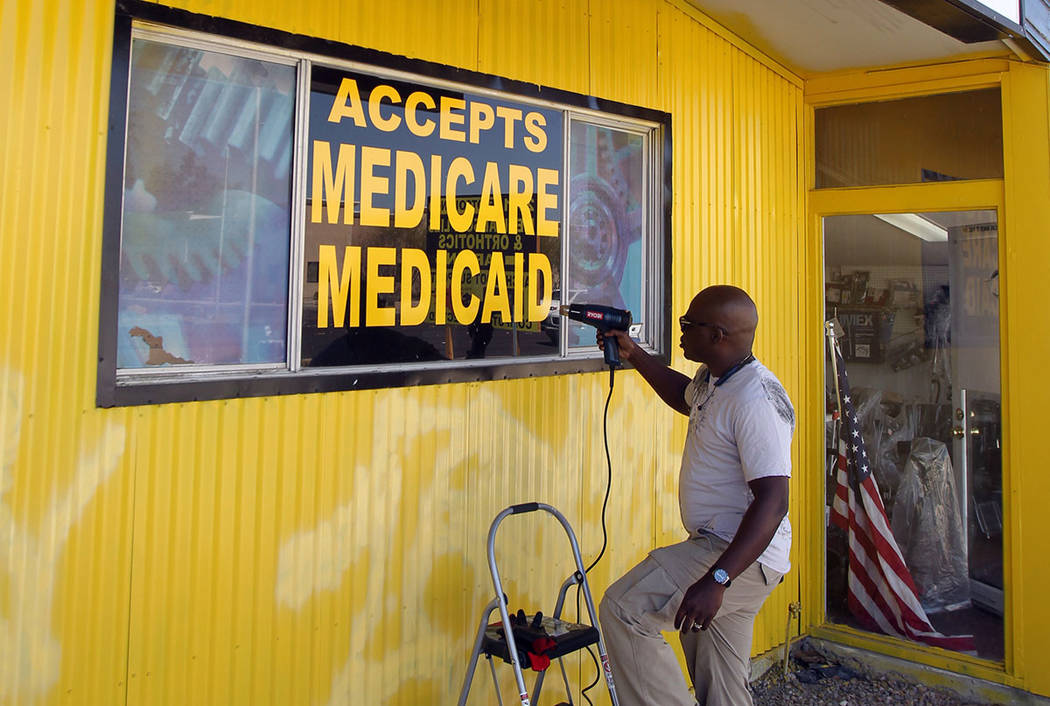EDITORIAL: Medicaid reform proposal offers prospect of innovation, cost savings
Medicaid costs are squeezing state budgets around the country, including in Nevada. The Trump administration recently unveiled a new tool for states seeking to reign in those costs.
The Healthy Adult Opportunity initiative offers states more freedom in setting up the program in exchange for block grants. The federal government and states share responsibility for paying for Medicaid, so this approach could have financial benefits for both sides. Currently, most Medicaid programs have no co-pays or deductibles. That means most individuals have no personal financial incentive not to use the emergency room for every cold or cough.
The Healthy Adult Opportunity program could change that. States would have the option of including cost-sharing requirements. Instead of covering every drug, states could design drug benefit packages that require the use of some generic drugs. Not having to cover every drug would also allow states to negotiate lower prices. States also could waive the current requirement that eligible individuals receive three months of retroactive coverage. If a state can design a successful program, it would share in the savings with the federal government.
States would be prevented from simply eliminating coverage. The new offerings would have to meet the Essential Health Benefits required under Obamacare. Total out-of-pocket costs would be capped at 5 percent of household income.
To make it harder to demagogue, the Centers for Medicare and Medicaid Services is restricting this program to able-bodied adults. It doesn’t apply to children, pregnant women, the elderly or the disabled. Don’t expect this to stop Democrats from accusing Republicans of wanting to push grandma off the rhetorical cliff. Both sides also expect legal challenges.
A lawsuit, however, won’t make the need to reform Medicaid go away. Like most entitlements, Medicaid spending has ballooned to unsustainable levels. The program started in 1965 and was originally intended to cover low-income individuals. By 1971, more than 16 million people were enrolled, which was around 8 percent of the population. It cost $6.5 billion a year, not adjusted for inflation. Not surprisingly, that was more than double what government bean counters originally projected it would cost.
That’s the good old days. Today, more than 20 percent of the U.S. population is on Medicaid. Total Medicaid spending was almost $600 billion in 2018. The Kaiser Family Foundation projects that Medicaid spending will increase by 6.2 percent next year.
Medicaid is straining Nevada’s budget, too, especially amid the never-ending talk about funneling more money to education. Gov. Steve Sisolak should seek a Medicaid waiver and use this opportunity to find innovative ways to save money while maintaining the same level of outcomes.

















